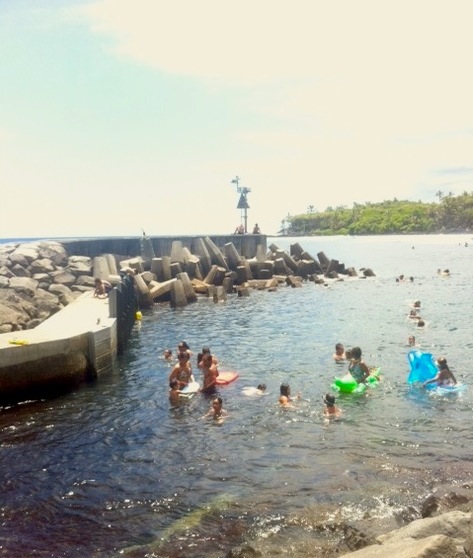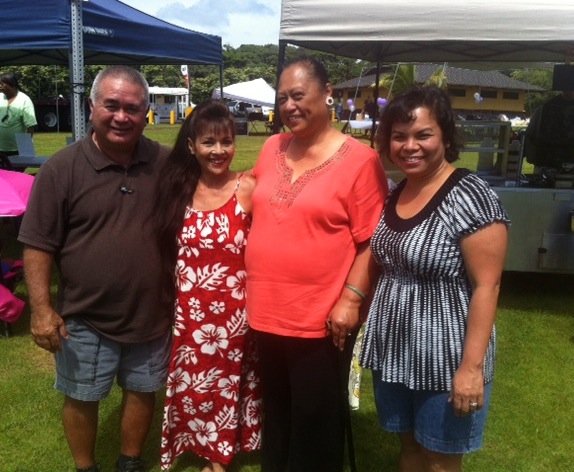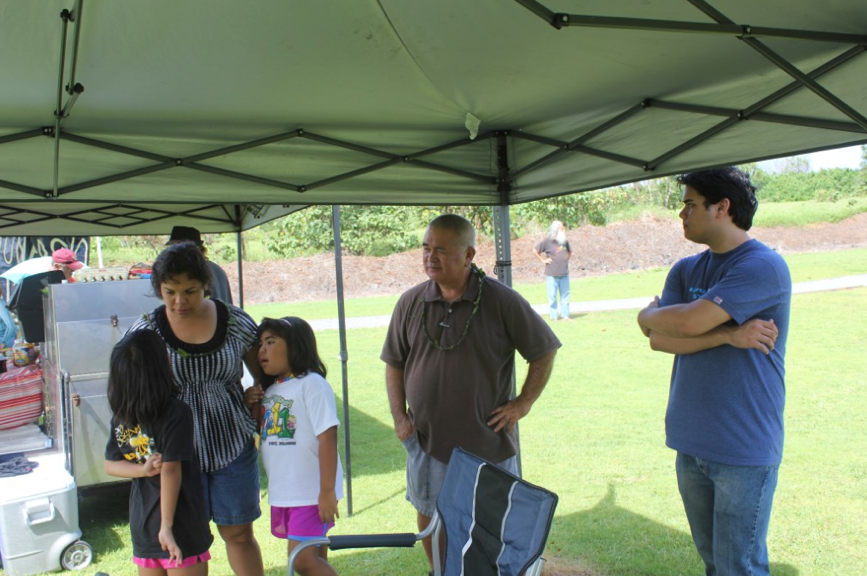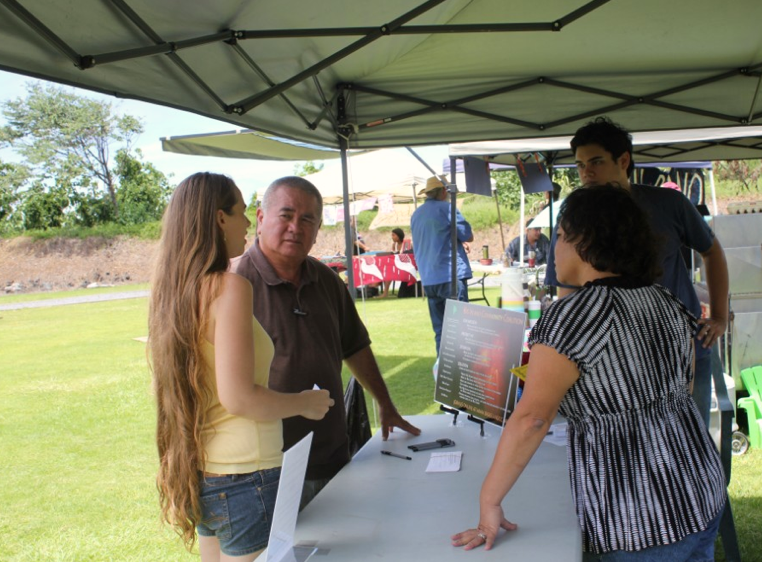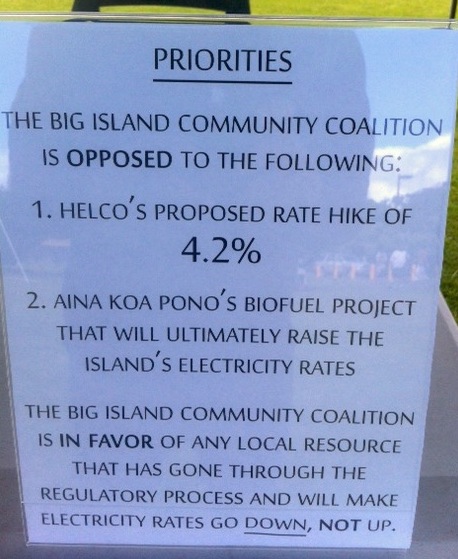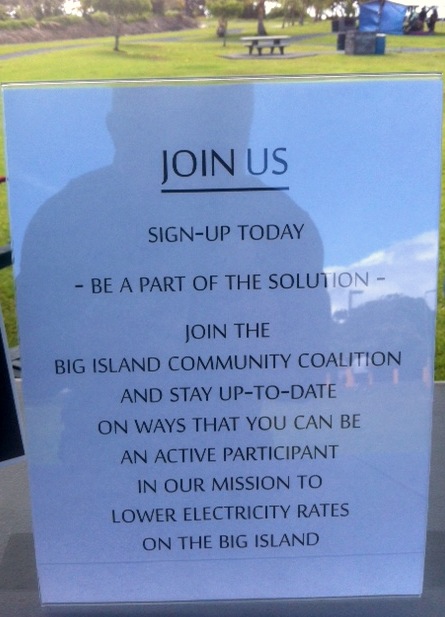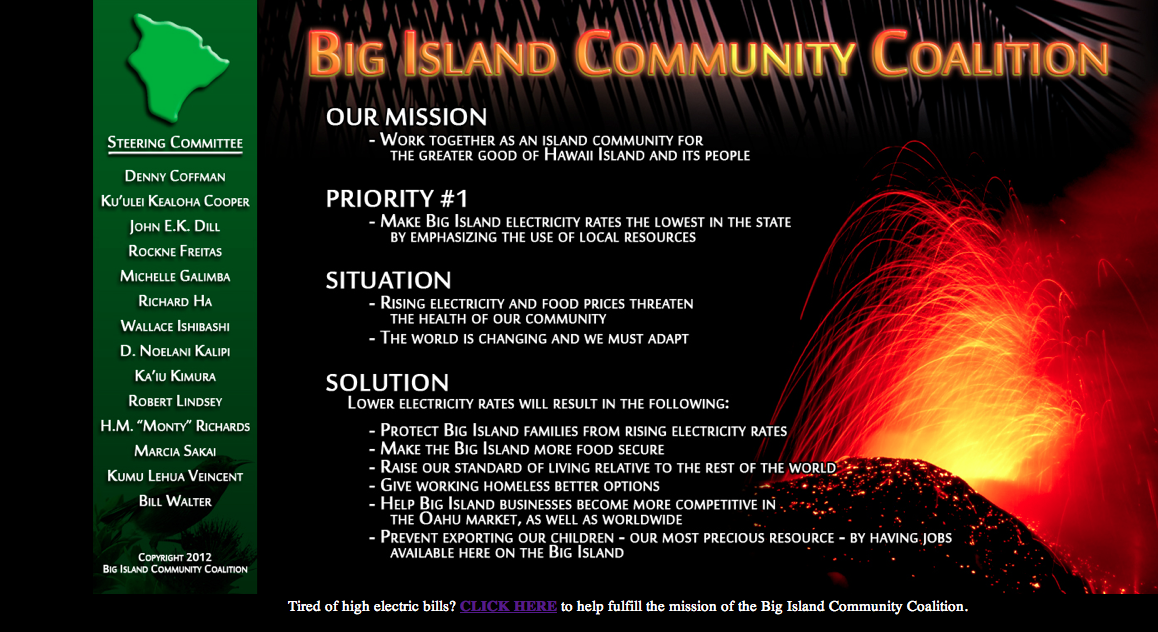Richard Ha writes:
Tonight is the Hilo PUC meeting and we encourage you to show up and wear your rubbah slippahs. The Rubbah Slippah Revolution is at 6 p.m. in the Hilo High School cafeteria.
The PUC will be hearing HELCO’s proposal for a 4.2 percent rate hike, as well as Aina Koa Pono’s proposed biofuel project.
http://hahaha.hamakuasprings.com/renewable_energy_sources/Mahalo to West Hawaii Today editor Reed Flickinger for a very insightful, timely and important editorial on the subject of Aina Koa Pono.
By REED FLICKINGER
West Hawaii Today
There is a fundamental problem with the Public Utilities Commission meetings scheduled on this island next week to discuss an application establishing a biofuel surcharge in HELCO’s energy cost for customers: How can the public comment upon unknown information?
HELCO and sister company HECO are seeking approval to enter into a 20-year contract to purchase biodiesel fuel from Aina Koa Pono, a company that has yet to build its proposed plant in Ka‘u, and pass on to us, the ratepayers, any costs that incurred if the biodiesel costs more than fossil fuel on the open market — over the 20-year term of the contract….
Read the rest
He’s exactly right – we have had a hard time articulating about this issue because of a lack of information.
But we figured out that the oil price Aina Koa Pono (AKP) is using is around $200/barrel. And if they were to predict a high oil price in 2015, then the amount the rate payer would pay could be predicted to be very low – like $1 per month. If the cost of oil were actually much lower than $200 per barrel, we would pay a lot more.
But getting back to the real issue: There is a lot at stake here. If AKP cannot demonstrate positive energy production – and they have not done any tests on the feedstock they will use – their product will always cost more than oil and they will run out of money. This also means that they use more oil than they make. But if AKP is successful at producing biodiesel for $200/barrel and the oil price stays below $200 for a long time, the Big Island’s path to economic survival/prosperity will have been blocked.
If oil rises to more than $200/barrel, the tourist industry and other businesses will be very hard hit. In that case, the Big Island will need the lowest cost solution that it can find. And $200/barrel cost is not it.
The rest of HECO’s plan would work, though.
Hu Honua, w/22MW of biomass-low $100/barrel oil equivalence, plus the 50MW of per-barrel oil equivalence geothermal, is lower cost. And if we can renegotiate the old 25MW geothermal avoided cost contract, that sets us on the right path.
The result would be 88 MW of stable and affordable geothermal, plus 22MW of stable affordable biomass. This would ensure that the Big Island’s electricity rates would be lowest in the state. And that is what we want.
Then if we could safely replace the 80 MW of liquid-fired generation at Keahole with geothermal, or ocean thermal or liquid natural gas – whatever makes economic sense – we could actually be looking toward prosperity for future generations.
The bottom line is that AKP is not in the interest of Big Islanders. And this is the defining battle. Everything else is inconsequential.
Please show your face at tonight’s PUC meeting, East Hawai‘i. Let’s make sure the PUC knows this is not okay with us.

